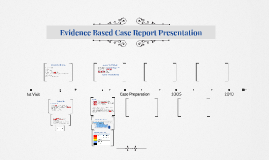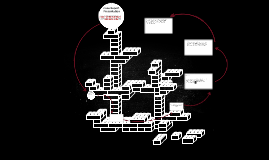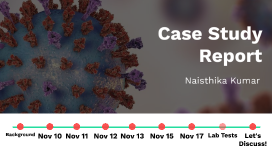Psychology Report
Transcript: Research Focus: Influencing Perception Changing Specific Behaviors Sublimal message is a brief auditory or visual message that is presented below the absolute threshold, which means that there is less than 50% chance that the message will be perceived. Method. For several weeks, subjects listended to two different tapes titled either "Improve Self-Esteem" or "Improve Memory". Then they were rated any improvement in these behaviors. Double-blind procedure. Researchers had to control for any possible placebo effects, such as subjects' showing improvement because they believed they were hearing powerful subliminal messages. Therefore, subjects were not told which subliminal messages the tapes contained. for example, some tapes labeled "Improve Memory" contained subliminal messages for improving memory, while others contained subliminal messages for improving self-esteem. Thus because of the double-blind procedure, subjects were unaware of the fact that some tapes' subliminal messages did not match the tapes' labels. Result About 50% of the subjects reported improvements in either self-esteem or memory. Self-fulfilling Prophecies involve having strong beliefs about changing some behavior and then acting, unknowingly, to change that behavior Influencing Perceptions Cultural Diversity: Influence on Perception Cultural influences are persuasive pressures that encourage members of a particular society or ethnic group to conform to shared behaviors, values, and beliefs. Perception on Photos Perception on Motion Perception of 3 Dimensions Perception of Beauty Perceptual Sets learned expectations that are based on our personal, social, or cultural experiences. These expectations automatically add information, meaning, or feelings to our perceptions and thus change or bias our perceptions. Extrasensory Perception (ESP) is a group of psychic experiences that involve perceiving or sending information outside normal sensory processes or channels. Four General Abilities- telepathy, precognition, clairvoyance, and psychokinesis. Telepathy is the ability to transfer one's thoughts to anoter or to read the thoughts of others. Precognition is the ability to foretell events. Clairvoyance is the ability to perceive events or objects that are out of sight. Psychokinesis is the ability to exert mind over matter- for example, by moving objects without touching them. Together these psychic powers or extrasensory perceptions are called psi phenomena. the term psi refers to the processing of information or transfer of energy by methods that have no known physical or biological mechanisms and that seem to stretch the laws of physics. Testimonials as evidence Ganzfeld procedure is a controlled method for eliminating trickery, error, and bias while testing telepathic communication between a sender- the person who sends the message and a receiver- the person who receives the message. Replication a powerful weapon for evaluating research findings Telivision Psychics Television Psychics. =) A hotline in the early 1990s that claimed themselves having ESP. Phi movement refers to the illusion that lights that are actually stationary seem to be moving Apparent Motion Real Motion refers to perception of any stimulus or object that actually moves in space. Apparent motion an illusion that a stimulus or object is moving in space when, in fact, the object is stationary. Virtual reality refers to a perceptual experience of being inside an object, moving through an environment, or carrying out some action that is created or stimulated by computer. Remote and robotic surgery Psychotherapy. In a psychological application of virtual reality, clients with such fears as spiders, flying, or heights are exposed to the feared stimuli in a three-dimensional environment where everything appears very real. First Impressions The End Which of the three rotates fastest?

















